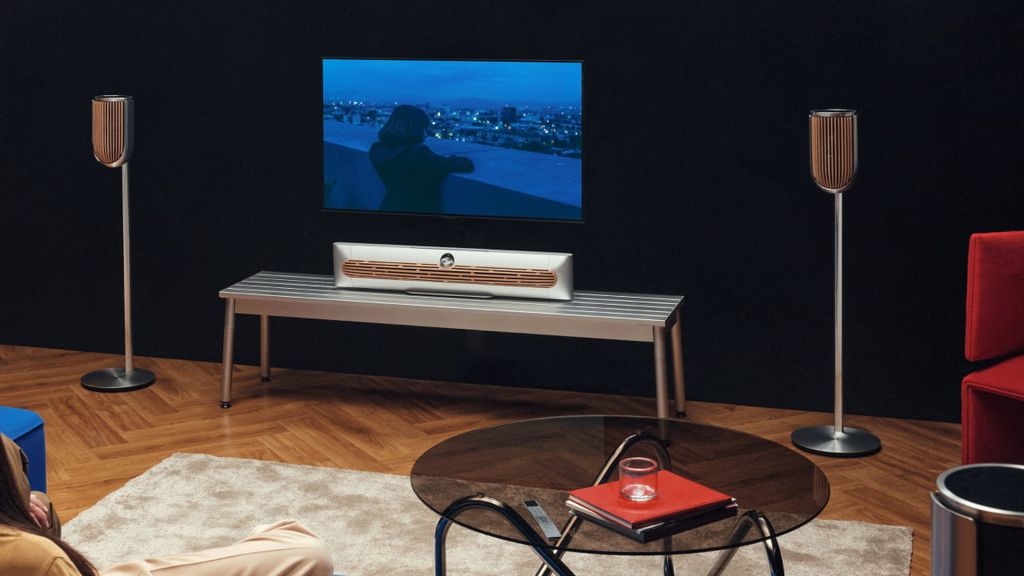
Apple Vision Pro vs. Samsung Galaxy XR vs. Meta Quest 3
While Meta cuts costs and targets the mass market for cheap goggles, Apple and Samsung aim significantly higher – both companies want to redefine image quality in augmented reality with micro-OLED 4K. However, the differences between these three platforms are colossal – both in terms of technology and price.
Revolution in Screens: micro-OLED vs LCD
It is the screens that create the biggest gap between Vision Pro, Galaxy XR, and Quest 3.
While the Meta headset uses simple low-contrast LCD panels, Apple and Samsung have implemented micro-OLED with brightness and colour control for each pixel. Both devices support HDR (including HDR10 and HLG), with Apple additionally offering Dolby Vision.
Apple Vision Pro: 3662×3200 pixels per eye (23 million in total)
Samsung Galaxy XR: 3552×3840 (27 million)
Meta Quest 3: just 2064×2208 (9 million)
The difference in sharpness, contrast, and colour depth is noticeable to the naked eye – it's a completely different visual league.
Operating Systems: Three Philosophies
Meta Quest 3 operates on Horizon OS, which is a modified version of Android. The system is fast and straightforward, but limited – it lacks streaming applications and premium-class tools.
Samsung Galaxy XR debuts with Android XR, created in collaboration with Google. It is an open, ambitious platform with integration of Gemini AI, which allows you to look at an object and instantly obtain information about it via voice commands.
On the other hand, Apple Vision Pro with visionOS offers an entirely different dimension – desktop power in a portable form, a unique ecosystem of applications, and exclusive 8K 3D video content.
Immersion and Content: Apple's Advantage
Vision Pro utilises the Apple Immersive Video format (8K 3D, 90 fps), encoded in MV-HEVC – an experience unattainable for competitors.
Apple has also created its own spatial audio format (ASAF) and a library of over 300 3D films, available exclusively on visionOS.
Samsung technically supports the same codec but does not have access to the Apple ecosystem. Meta, on the other hand, does not support MV-HEVC at all.
Computing Power: M5 Outperforms Everything
The differences here are drastic.
Apple Vision Pro is powered by the M5 chip, which scores over 17,800 points in Geekbench – that’s more than seven times higher than the Snapdragon XR2+ Gen 2 in the Galaxy XR (around 2450 points).
Meta Quest 3 with XR2 Gen 2 performs even worse.
In practice, this means that Apple can run fully-fledged desktop-class applications, while the competition remains at smartphone level.
Control and sensors: Apple and Samsung in the lead
Vision Pro and Galaxy XR support eye and hand tracking, and also feature depth sensors (including Lidar in Apple).
Quest 3 relies mainly on controllers – without eye tracking and with a simpler set of cameras.
All three headsets offer spatial audio and a similar number of 3D cameras.
Weight, battery and price
Model | Weight | Operating time | Price (USD) | Price (EUR) | Price (GBP) | Price (AUD) | Price (PLN) |
|---|---|---|---|---|---|---|---|
Apple Vision Pro | 750 g | up to 3 h | $3500 | €3250 | £2800 | A$5300 | approx. 14,500 zł |
Samsung Galaxy XR | 545 g | up to 2.5 h | $1800 | €1650 | £1450 | A$2700 | approx. 7,500 zł |
Meta Quest 3 | 515 g | up to 2.2 h | $500 | €460 | £400 | A$750 | approx. 2,100 zł |
Samsung sits between the extremes – more expensive than Meta, but significantly cheaper than Apple. The Vision Pro is luxury equipment, almost a prototype of the future, while the Quest 3 remains the cheapest ticket to the VR world.
Availability and Prospects
For now, only Meta Quest 3 is widely available in the world.
Galaxy XR and Vision Pro are only reaching selected markets – mainly the USA and Korea.
The competition is just beginning, and with three giants – Apple, Samsung, and Meta – vying for users' attention, the future of XR looks extremely exciting.
Apple Vision Pro – the absolute pinnacle of technology: the highest quality image, M5 power, and unique content, but at a prohibitive price.
Samsung Galaxy XR – a balance between quality and price; modern Android XR with AI from Google.
Meta Quest 3 – the cheapest, but also the most limited. A great starting point for beginners.
Three different philosophies, three visions of the future. And for users – finally a real choice in the world of XR.
 Katarzyna Petru
Katarzyna Petru












